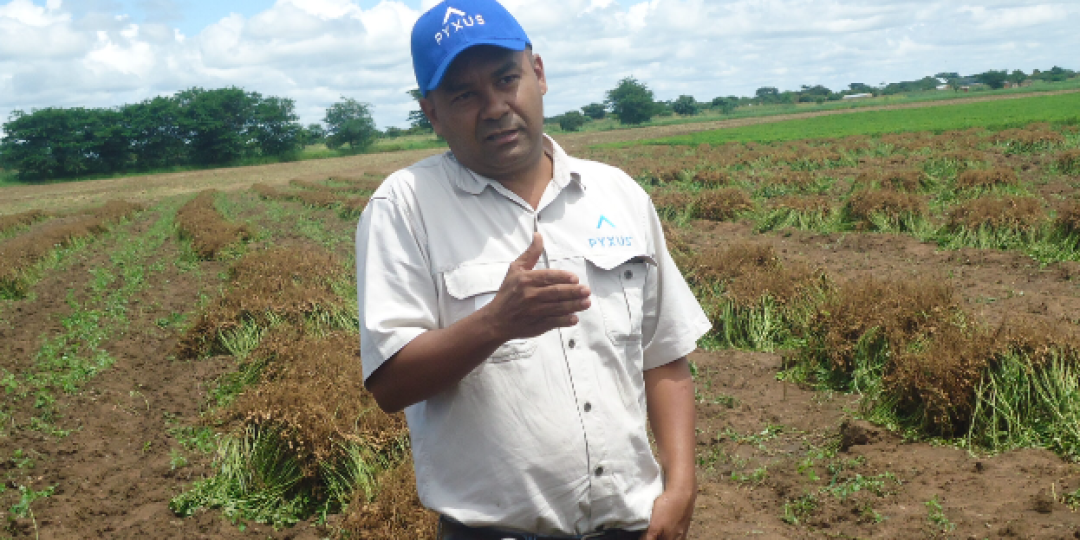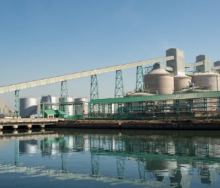Malawi has made its first successful large-scale wheat harvest after trying for years to find a grain variety suitable for its soil.
Wheat cultivation within the landlocked nation is considered a strategic response to the challenges posed by Russia's conflict with Ukraine, which threatens Malawi's wheat imports.
Achieving grain self-sufficiency also has positive implications for foreign exchange reserves.
Ronald Ngwira, the chief executive officer of Pyxus Agriculture Limited, a US company registered in Malawi that operates a farm in central Malawi dedicated to diversifying wheat seeds, reported that approximately four out of 80 wheat varieties have been identified as suitable for Malawian soil.
Speaking at the commencement of the inaugural large-scale harvest over the weekend, Ngwira stated that wheat farming will enable Malawi to save millions of dollars currently spent on wheat imports.
"Malawi imports 200 000 tonnes of wheat at $48 million. To achieve self-sufficiency, it may take us four years to produce enough wheat in Malawi to meet our needs," Ngwira explained.
"While four years might be perceived as a lengthy duration, we are already on track, and the necessary seed will be available."
Agricultural experts in Malawi anticipate that wheat farming will yield approximately 90 metric tons, equivalent to 50% of the country's wheat consumption.
Malawian President Lazarus Chakwera observed the harvest last Friday at Mpale Farm in the Dowa district.
"Wheat farming can make Malawi self-sustainable,” Chakwera said.
“However, achieving this goal will require collective efforts, with each of us working diligently to attain the desired results. Let us all strive towards that objective, embracing even modern technology."
Malawi has long relied heavily on imported wheat, and the ongoing conflict between Russia and Ukraine has disrupted food supply chains. According to the United Nations, Africa accounts for 12.26% of grain imports from Ukraine. A United Nations report highlights that the Russian invasion of Ukraine has led to a shortage of approximately 30 million tons of grain on the continent, accompanied by a significant cost increase. Source: VOA













